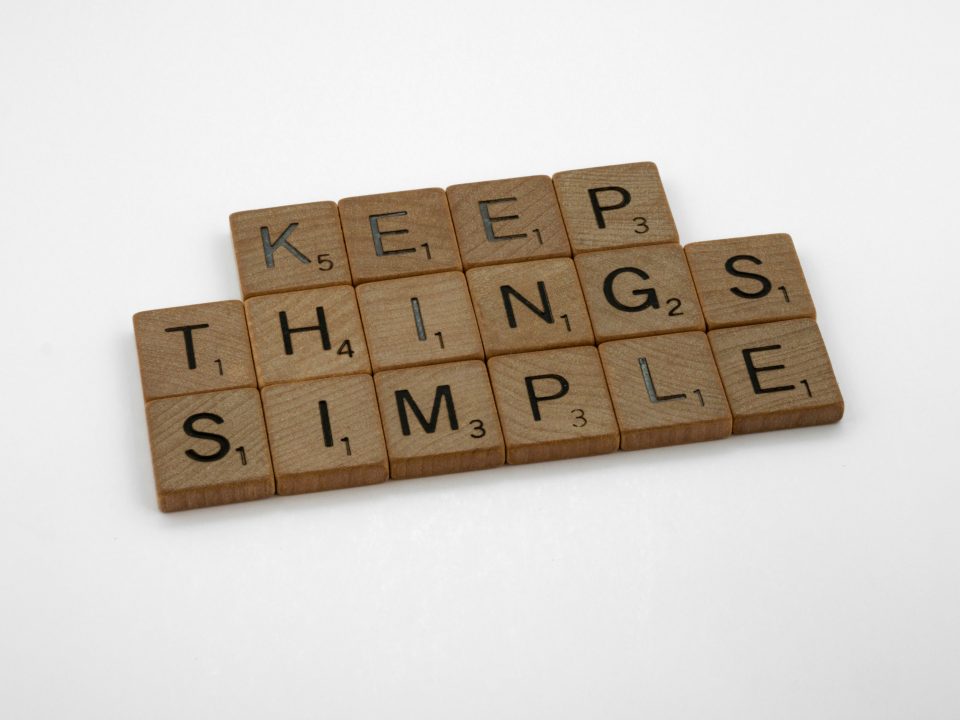How you bill your clients can have a huge impact on your bottom line.
By Jennifer Paulson
In the 2021 NRHA Professionals survey, evidence pointed out that pros who itemize their bills as opposed to charging a flat rate could be more profitable. We decided to dig a little deeper into that concept.
Flat-Rate Billing
About 56% of pros who participated in the survey use flat-rate billing. It definitely has its advantages, such as:
- Predictability. Each month, you know exactly what your income will be, and your customers know exactly what to expect in their bill.
- Ease of budgeting. When you know exactly what your income will be, you can more easily budget and manage your money.
- Efficiency. When you charge a monthly flat rate, your invoices practically create themselves.
- Fewer questions. An all-inclusive fee means your clients might have fewer concerns about line items and how costs are incurred.
But it also has drawbacks.
- Requires accurate estimation. If you low-ball your fees in any way, you won’t be able to turn a profit.
- Assumes credibility. When you’re just starting out, you almost have to convince your clients that you deserve the fee you charge. This can become easier as your reputation grows and begins to speak for itself.
- Resistance to rate increases. You clients might be taken aback when you raise your flat rate. This can come from their own budgeting, but also from not understanding where the costs come from.
Itemized Billing
The remaining 44% of pros indicated that they use itemized billing—that means line items for every expense incurred when a horse is in their care and/or training. Here’s how that can benefit their business:
- Flexibility. Your invoices can be adjusted as needed, depending on what special care a horse receives, peaks and valleys in training time, and as your overhead costs go up and down.
- Transparency. Your customers could have more confidence in your business because they know what each cost is and how they all add up.
- Increased income. When you don’t leave off little things that add up, you can increase your profitability. Rolls of electrical tape, for example, add up over time. If you have line items for even small expenses, you could see marginal increases that add up.
On the other hand, it can cause some problems, too.
- Questions from customers. When a customer sees a new or unexpected line item on the bill, they’re apt to call you to talk about it. Those conversations eat into your working hours and decrease your productivity.
- More work for you. It’s easy to slap a flat fee and send an invoice. Itemizing means tracking expenses closely so you’re sure that you recoup all of your investments—both time and money.
Is Hybrid the Answer?
It’s possible that a mix of both flat-rate and itemized billing could be best for your business. Then you can get the best of both worlds and avoid some of the shortcomings of sticking to one type. In either scenario, it all begins with your desired/needed margins and working back from there.



